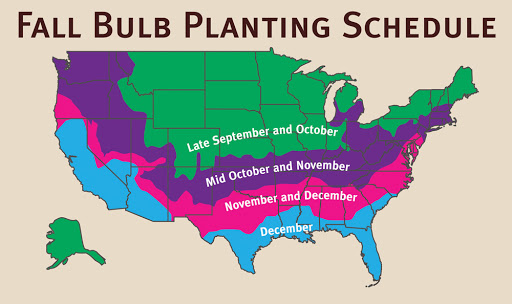We love the selection of bulbs available from A.D.R. The variety is great, the quality is excellent and the price is fair. However, the best part of working with A.D.R is the customer service from Chris, Walter and all of the team. They go out of their way to make sure ours needs are met.
Leah and Mark
, Wild Hare Farm
« Previous Plant | Next Plant »
Ranunculus Tecolote 'Rainbow Mixture'
Persian Buttercup
Ranunculus 'Tecolote Rainbow Mix' bursts into bloom with lush, multi-layered flowers in a dazzling spectrum of colors. From fiery reds and oranges to soft pinks, sunny yellows, and crisp whites, this mix showcases the full brilliance of Persian buttercups. Each bloom features silky, ruffled petals, creating a rich, textural display that feels both elegant and cheerful.
These fall-planted bulbs thrive in full sun and well-drained soil, producing sturdy 12–24 inch stems perfect for cutting. The 3–6 inch blooms appear in early spring in Zones 8–11, while in Zones 4–7, they should be planted in early spring for summer flowers. Whether arranged in bouquets, mass plantings, or mixed borders.
Recommended Substitutes for Ranunculus Tecolote 'Rainbow Mixture'
Ranunculus Calculator
When should I plant Ranunculus Tecolote 'Rainbow Mixture'?

Growing and Maintenance Tips for Ranunculus Tecolote 'Rainbow Mixture'
Planting: In USDA zones 8–10, plant tubers in fall for early spring blooms. In colder zones (3–7), fall planting is only recommended with frost protection—otherwise, store tubers in a cool, dry place and plant in late winter or early spring. Soak tubers in room-temperature water for 1 to 3 hours before planting. Plant claw-side down, 2 to 3 inches deep.
Spacing: Space 4 to 6 inches apart. For dense displays, aim for 50–75 tubers per square meter.
Light: Full sun is essential—at least 6 hours daily. Choose a sheltered spot with good air circulation.
Soil: Fertile, well-drained soil with a pH of 6.0–7.0. Amend with compost or leaf mold to improve structure.
Watering: Water after planting and keep soil lightly moist during active growth. Avoid soggy conditions—ranunculus tubers are prone to rot.
Temperature & Protection: Hardy to about 25°F (–4°C). In zones 8–10, mulch after planting to buffer against cold snaps. In zones 7 and below, use frost cloths or grow in containers that can be moved indoors.
Fertilization: Feed every 2–3 weeks with a high-potash fertilizer once growth begins. Liquid seaweed is a great organic option.
Pruning: Deadhead regularly to encourage more blooms. After flowering, allow foliage to die back naturally.
Pest & Disease: Watch for aphids, slugs, and powdery mildew. Good airflow and hand-picking pests help prevent issues.
Plant Characteristics
Additional Information
| Height | 24 Inches |
| Spread | 6-8 Inches |
| Spacing | 6 Inches |
| Hardiness Zone | 8-11 |
| Color |
Multi-Color |





Check back soon for additional details.